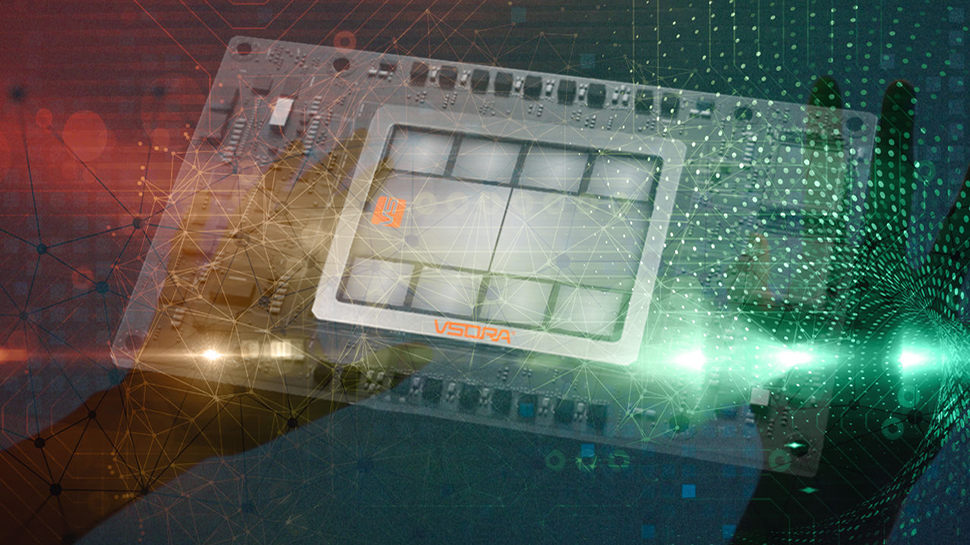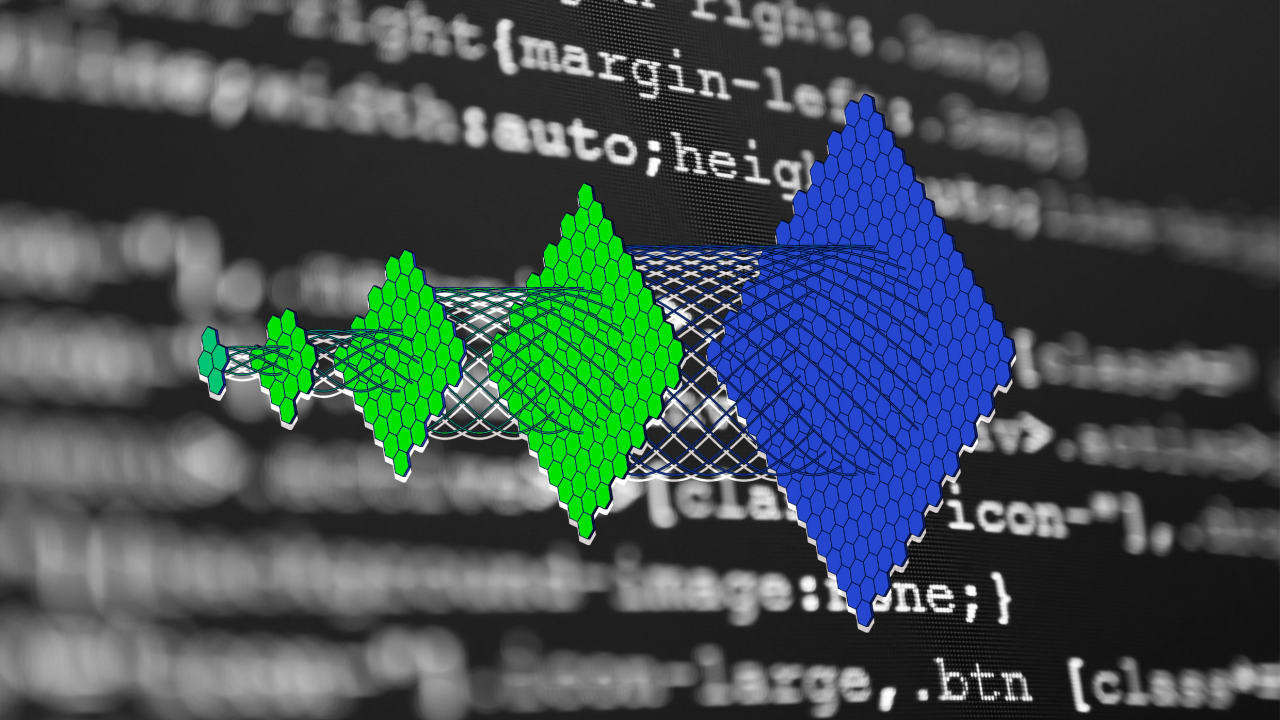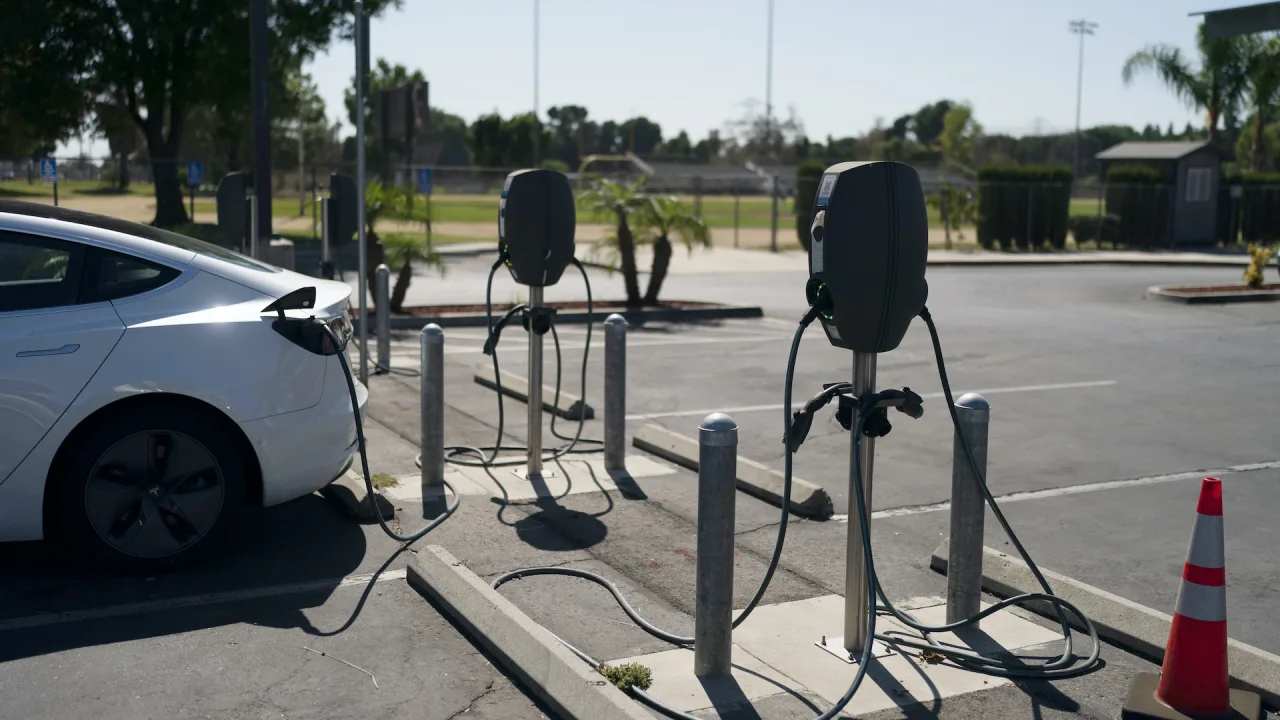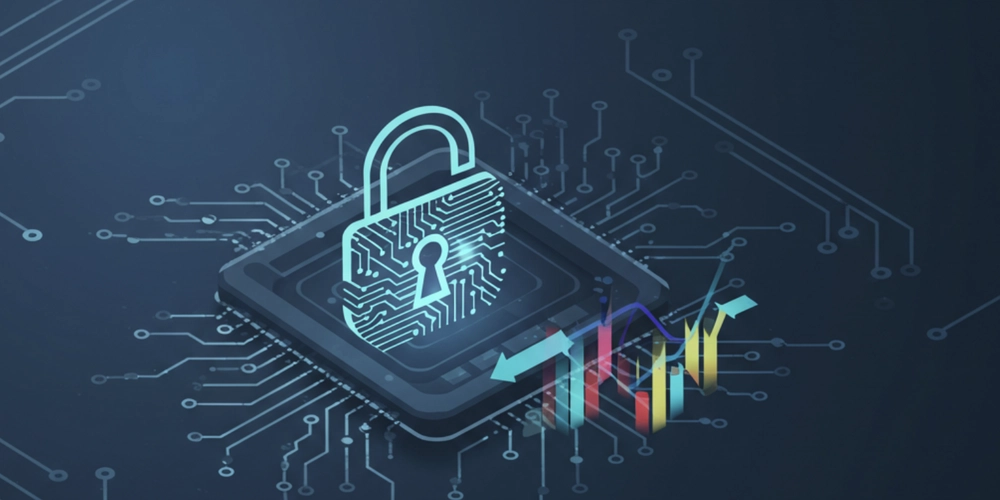Chatbot AI Application Development
Chatbots are revolutionizing the way businesses interact with users. From customer support to virtual assistants, AI-powered bots are everywhere. In this post, we’ll explore how to develop intelligent chatbot applications using modern tools and techniques. What is a Chatbot? A chatbot is a software application designed to simulate human conversation. It can communicate via text or voice and respond to user input automatically. AI chatbots use natural language processing (NLP) and machine learning to understand and respond contextually. Types of Chatbots Rule-Based Chatbots: Follow predefined scripts and logic trees. AI-Powered Chatbots: Use NLP and machine learning to understand user intent and learn over time. Hybrid Chatbots: Combine rule-based logic with AI capabilities. Popular Use Cases Customer service and support E-commerce assistants Booking and scheduling bots Healthcare and telemedicine agents Education and e-learning tools Entertainment and personal productivity Key Technologies Used NLP Engines: Dialogflow, Rasa, IBM Watson, Microsoft Bot Framework Programming Languages: Python, JavaScript, Node.js Messaging Platforms: Facebook Messenger, WhatsApp, Telegram, Slack Voice Integration: Amazon Alexa, Google Assistant, Speech APIs Building a Simple Chatbot with Python (Using ChatterBot) # Install ChatterBot pip install chatterbot==1.0.5 pip install chatterbot_corpus from chatterbot import ChatBot from chatterbot.trainers import ChatterBotCorpusTrainer Create chatbot bot = ChatBot('SimpleBot') trainer = ChatterBotCorpusTrainer(bot) Train the bot with English data trainer.train("chatterbot.corpus.english") Chat loop while True: user_input = input("You: ") response = bot.get_response(user_input) print("Bot:", response) Steps to Develop an AI Chatbot Define the purpose and user flow Select NLP engine or chatbot platform Design conversation logic (intents, entities, responses) Implement backend logic (API calls, databases) Integrate with desired messaging channels Test, refine, and deploy Advanced Features Context-aware conversation management Multilingual support Voice recognition and speech-to-text Analytics and sentiment tracking Integration with CRM, databases, and third-party services Best Practices Keep conversations natural and user-friendly Always provide fallback or help responses Ensure data privacy and user consent Continuously update training data Log and analyze user interactions for improvement Conclusion AI chatbots are becoming essential tools for digital engagement. Whether you're building a simple bot or a sophisticated AI assistant, understanding how to harness NLP and machine learning will give you a competitive edge. Start experimenting today and build your own intelligent conversational agent!


Chatbots are revolutionizing the way businesses interact with users. From customer support to virtual assistants, AI-powered bots are everywhere. In this post, we’ll explore how to develop intelligent chatbot applications using modern tools and techniques.
What is a Chatbot?
A chatbot is a software application designed to simulate human conversation. It can communicate via text or voice and respond to user input automatically. AI chatbots use natural language processing (NLP) and machine learning to understand and respond contextually.
Types of Chatbots
- Rule-Based Chatbots: Follow predefined scripts and logic trees.
- AI-Powered Chatbots: Use NLP and machine learning to understand user intent and learn over time.
- Hybrid Chatbots: Combine rule-based logic with AI capabilities.
Popular Use Cases
- Customer service and support
- E-commerce assistants
- Booking and scheduling bots
- Healthcare and telemedicine agents
- Education and e-learning tools
- Entertainment and personal productivity
Key Technologies Used
- NLP Engines: Dialogflow, Rasa, IBM Watson, Microsoft Bot Framework
- Programming Languages: Python, JavaScript, Node.js
- Messaging Platforms: Facebook Messenger, WhatsApp, Telegram, Slack
- Voice Integration: Amazon Alexa, Google Assistant, Speech APIs
Building a Simple Chatbot with Python (Using ChatterBot)
# Install ChatterBot
pip install chatterbot==1.0.5
pip install chatterbot_corpusfrom chatterbot import ChatBot
from chatterbot.trainers import ChatterBotCorpusTrainerCreate chatbot
bot = ChatBot('SimpleBot')
trainer = ChatterBotCorpusTrainer(bot)Train the bot with English data
trainer.train("chatterbot.corpus.english")Chat loop
while True:
user_input = input("You: ")
response = bot.get_response(user_input)
print("Bot:", response)
Steps to Develop an AI Chatbot
- Define the purpose and user flow
- Select NLP engine or chatbot platform
- Design conversation logic (intents, entities, responses)
- Implement backend logic (API calls, databases)
- Integrate with desired messaging channels
- Test, refine, and deploy
Advanced Features
- Context-aware conversation management
- Multilingual support
- Voice recognition and speech-to-text
- Analytics and sentiment tracking
- Integration with CRM, databases, and third-party services
Best Practices
- Keep conversations natural and user-friendly
- Always provide fallback or help responses
- Ensure data privacy and user consent
- Continuously update training data
- Log and analyze user interactions for improvement
Conclusion
AI chatbots are becoming essential tools for digital engagement. Whether you're building a simple bot or a sophisticated AI assistant, understanding how to harness NLP and machine learning will give you a competitive edge. Start experimenting today and build your own intelligent conversational agent!









































































































































































![[The AI Show Episode 146]: Rise of “AI-First” Companies, AI Job Disruption, GPT-4o Update Gets Rolled Back, How Big Consulting Firms Use AI, and Meta AI App](https://www.marketingaiinstitute.com/hubfs/ep%20146%20cover.png)

























































































































![[DEALS] The Premium Python Programming PCEP Certification Prep Bundle (67% off) & Other Deals Up To 98% Off – Offers End Soon!](https://www.javacodegeeks.com/wp-content/uploads/2012/12/jcg-logo.jpg)





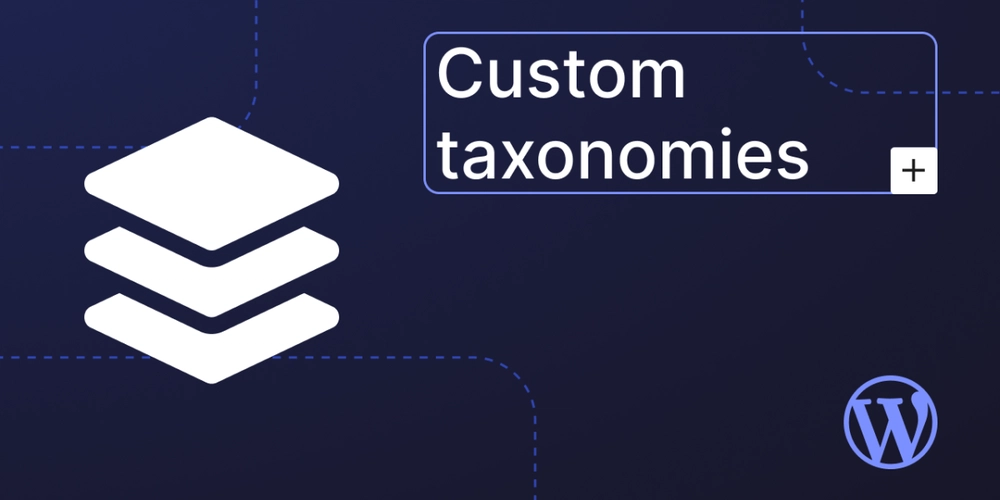









































.jpg?#)


































































-Mafia-The-Old-Country---The-Initiation-Trailer-00-00-54.png?width=1920&height=1920&fit=bounds&quality=70&format=jpg&auto=webp#)
-Nintendo-Switch-2---Reveal-Trailer-00-01-52.png?width=1920&height=1920&fit=bounds&quality=70&format=jpg&auto=webp#)























_Aleksey_Funtap_Alamy.jpg?width=1280&auto=webp&quality=80&disable=upscale#)
_Sergey_Tarasov_Alamy.jpg?width=1280&auto=webp&quality=80&disable=upscale#)
















































































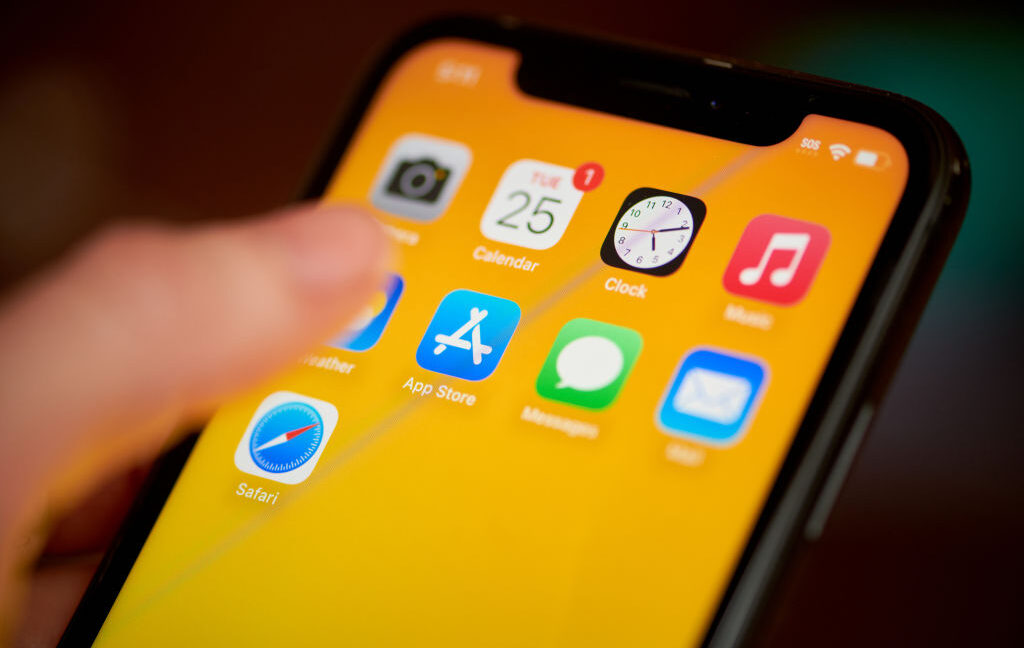






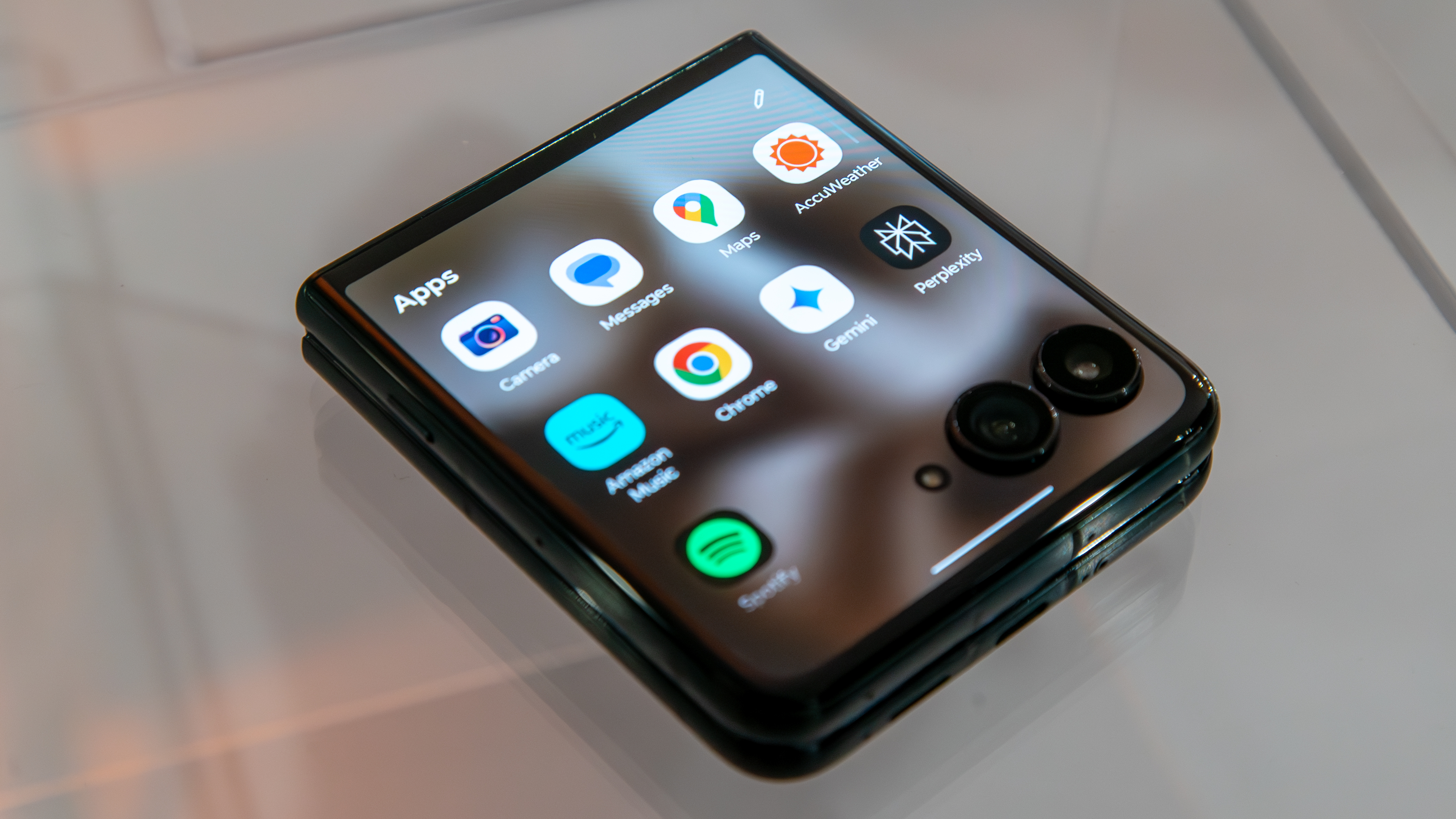























![Apple Shares Official Trailer for 'Stick' Starring Owen Wilson [Video]](https://www.iclarified.com/images/news/97264/97264/97264-640.jpg)


![Beats Studio Pro Wireless Headphones Now Just $169.95 - Save 51%! [Deal]](https://www.iclarified.com/images/news/97258/97258/97258-640.jpg)















